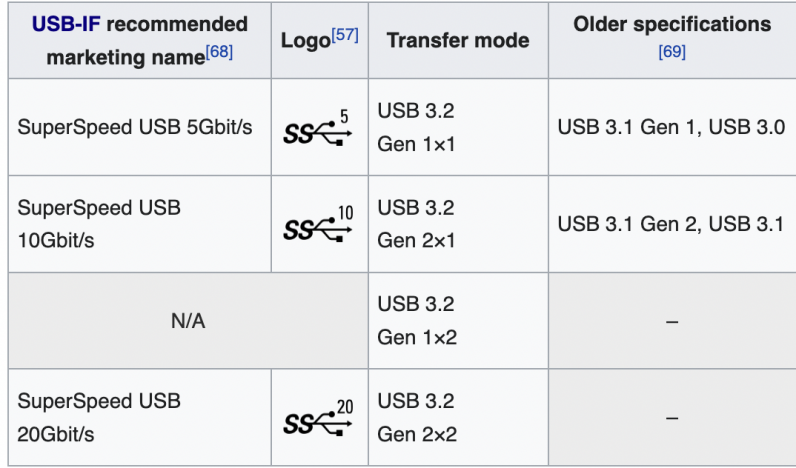First, Bloomberg and analyst Ming-Chi Kuo suggested the iPhone 15 — which will be released next year — will sport a USB-C port. Now, a new note from Kuo suggests that some accessories would also adopt this USB charging standard: It makes sense. If your primary device (iPhone) is charged by a USB-C port, you don’t want other accessories to charge through another port. That would mean having to carry around additional cables. Ugh. Moving to USB-C could have multiple benefits for Apple. First, it could improve fast charging for all devices. Most iPhones currently charge at 18W-20W, while the Pro Max versions could charge at a slightly higher rate. Hopefully, USB-C can unlock higher wattages, and enable your iPhone to charge even more quickly. For reference, Xiaomi currently makes a sub-$400 phone that is said to charge fully in 15 minutes. Plus, Apple already uses the USB-PD standard for charging. So all certified USB-C to C cables could potentially aid in fast charging for iPhones. That means you could use your existing cables, or look for a standard one in the market. It’s great to imagine a future where you can use your old Samsung or Pixel charger to juice up your iPhone or your AirPods. Would this mean Apple could potentially stop shipping cables with iPhones? We don’t know yet. But we hope that won’t be the case for at least the next few years. One more advantage of switching to USB-C is faster data transfer. Currently, Apple uses the USB 2.0 standard, which has a theoretical speed limit of 480 Mbits per second (roughly 60MB per second). Now, it could potentially move to USB 3.1 or 3.2 and unlock data transfer at multiple gigabits per second. Apple already uses USB-C ports for charging and data transfer in MacBooks and iPads. Incorporating it into iPhones would be a logical step. For years, the European Union has been trying to move Apple to use USB-C in iPhones. With this potential switch next year, it could appease regulators and get into their good books. It’d be a win-win for everyone.
